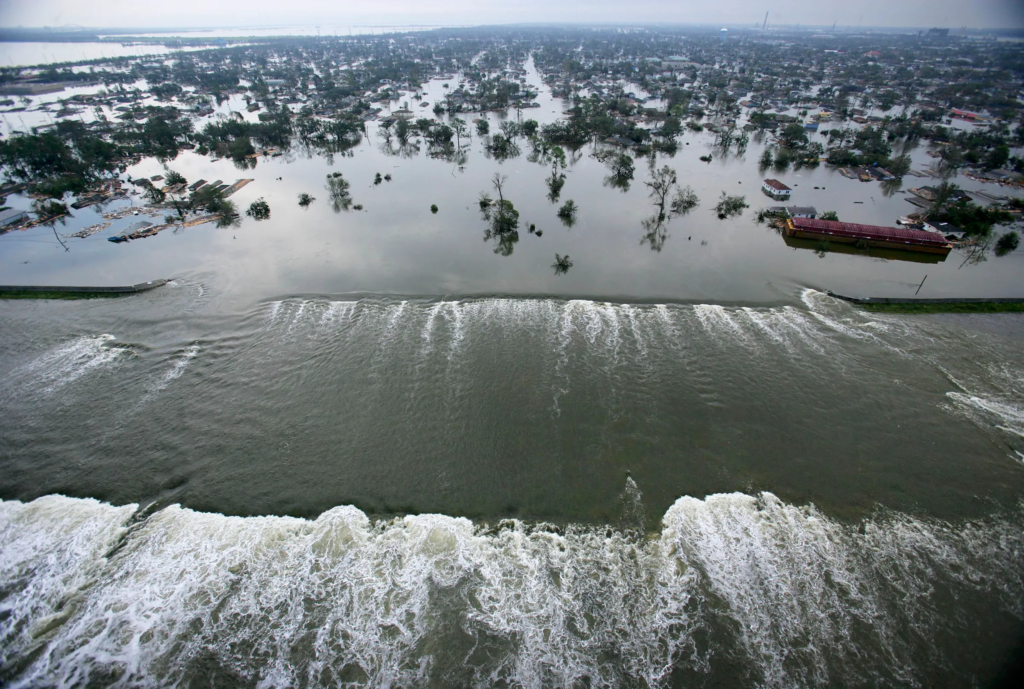Life After the Gulf Coast Hurricane: Stories of Survival and Hope,When the hurricane roared through the Gulf Coast, it left behind not just broken buildings, but broken lives. Winds stronger than anything residents had ever felt ripped through homes, uprooted trees, and tore apart entire neighborhoods. Floodwaters swallowed streets and forced families to abandon everything they had in a matter of minutes. That single day was more than just a natural disaster it was a turning point in the lives of thousands.
For many, the memory of that storm still echoes every time the wind howls. Yet, even in the middle of loss and destruction, something else was born: a spirit of resilience that no storm could wash away.
Picking Up the Pieces
In the days that followed, communities faced challenges that felt overwhelming. With electricity gone, water contaminated, and communication lines down, survival meant leaning on one another. Neighbors who had barely exchanged words before now stood side by side, sharing food, clearing debris, and comforting children who couldn’t understand why their world had suddenly changed.
There was no waiting for help people became each other’s lifelines. Volunteers set up makeshift kitchens on the side of the road, handing out warm meals to anyone who needed them. Strangers opened their homes to families who had lost everything. Churches, mosques, and community halls transformed into shelters filled with mattresses, blankets, and the quiet hum of hope.
The Long Road of Rebuilding
Rebuilding after such a storm wasn’t a matter of weeks it was months, even years. Houses had to be stripped to bare frames, roads reconstructed, and schools reopened. But the rebuilding was not just physical—it was deeply emotional. People were not only reconstructing walls, they were reconstructing lives.
The hardest part for many was financial. Insurance rarely covered the full extent of losses, and many families faced the reality of starting over with nothing but debt and determination. Yet, slowly but surely, progress came. Brick by brick, the Gulf Coast began to rise again.
The resilience of small businesses was particularly inspiring. Local shop owners reopened their doors from damaged storefronts, sometimes operating under tents or makeshift counters just to bring back a sense of normalcy. The simple act of buying bread or coffee became a symbol of life moving forward.

Healing the Invisible Wounds
While the storm’s physical destruction was evident, the invisible wounds it left behind were harder to see. Many survivors carried heavy emotional scars fear of future storms, grief for lost loved ones, and anxiety over what tomorrow might bring.
Children, in particular, struggled to make sense of their experiences. Teachers often found them distracted, worried, or frightened by the sound of heavy rain. Counselors and community programs stepped in to provide support, creating safe spaces where survivors could talk about their experiences and begin to heal.
Healing wasn’t quick, but it was steady. The laughter of children returning to playgrounds and families gathering for community events became proof that joy could exist again, even after tragedy.
The Power of Community
If there’s one lesson the hurricane taught the Gulf Coast, it’s that strength lies in unity. People discovered bonds they didn’t know existed. Neighbors became like family, and communities became closer than ever before.
In the aftermath, countless stories emerged of people rescuing strangers by boat, of volunteers traveling miles just to offer help, and of survivors sharing whatever little they had left. These acts of kindness reminded everyone that even when nature takes everything away, humanity gives back in abundance.
The spirit of community also extended beyond the Gulf Coast. Support poured in from across the country—donations, supplies, and volunteers who left their own lives behind for weeks just to help rebuild. That solidarity became a reminder that while disasters divide us from our normal lives, they also unite us in shared humanity.
Lessons for the Future
Life after the hurricane also brought important lessons about preparedness and resilience. Communities began investing more in disaster planning, stronger infrastructure, and early warning systems. Families created emergency plans and taught their children how to stay safe during storms.
Most importantly, people learned to value the simple things running water, electricity, a roof overhead, and the ability to hug their loved ones without fear of losing them in a single night. The storm, though devastating, reshaped priorities and gave survivors a deeper appreciation for life itself.

A New Chapter of Hope
Today, years after one of the worst hurricanes to strike the Gulf Coast, life is not the same but perhaps that’s the point. The scars remain, etched in memory and landscape, but they coexist with stories of courage, kindness, and renewal.
Families who once thought they’d never smile again now celebrate milestones in rebuilt homes. Children who survived the storm are growing up with stories of resilience, learning that strength doesn’t mean avoiding hardship it means overcoming it.
The Gulf Coast, once broken, has transformed into a living symbol of hope. Streets that were once flooded now echo with laughter. Homes that were once destroyed now shelter new memories. And people who were once strangers now share unbreakable bonds of survival.
The storm may have been one of the worst, but what followed has become one of the greatest testaments to human strength. The Gulf Coast is not defined by the hurricane it is defined by what came after: the courage to rebuild, the power of community, and the belief that no matter how fierce the storm, life always finds a way forward.
Do follow Gulf Magazine on Instagram.
Also Read – Oman Golden Visa for Investors: Benefits, Eligibility and Application Guide



